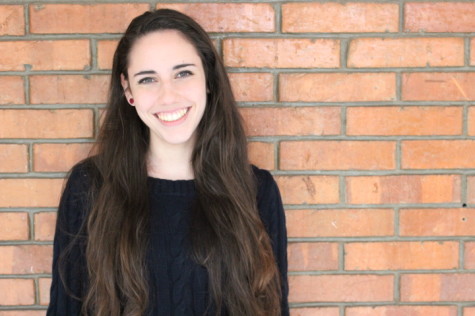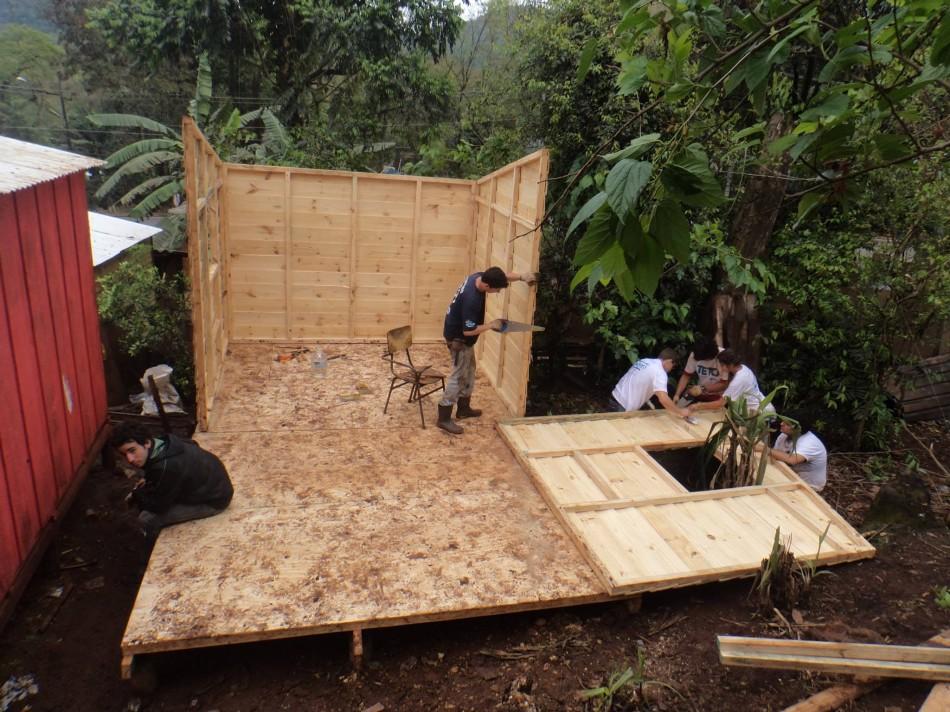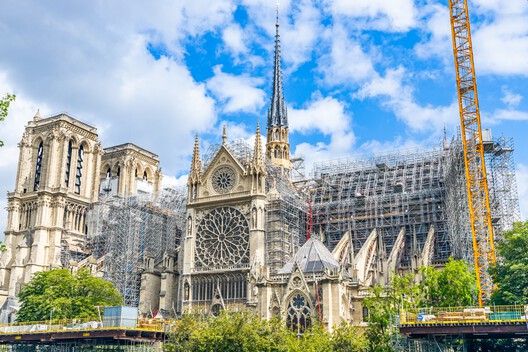Tekoa Pyau: the struggle for cultural preservation
In the past couple of years, Brazil’s economy has been growing at an exceedingly rapid pace. As the country progresses, the level of poverty is slowly declining. According to the World Bank, poverty fell from 21% of the population in 2003 to 11% in 2009, and the numbers continue to fall.
Inequality between social classes has always been a problem in Brazil; in 2010, the wealthiest 10% of the population owned 75% of the country’s wealth. The main cause for this situation is that the great majority of people do not receive adequate education, combined with an outdated tax system that taxes the least wealthy up to 44% more than the most affluent.
With the advance of the country’s economy in the past few years, there have been obvious improvements in the various slums scattered across cities all over Brazil, seen by the increase in technology, such as satellite television antennas and refrigerators in these houses. Income disparity has always been a point of concern in the country—while some social groups are moving forward, others are being left behind.
In September of 2013, several Graded students who are part of the Bricks for Community group took a trip with a nonprofit organization, Um Teto Para O Meu País, that works with youth volunteers to fight extreme poverty in Latin America. Its efforts include the construction of houses and the implementation of social inclusion programs.
The group from Graded was sent to a community of indigenous people called Tekoa Pyau who had owned the land they live on ever since the Portuguese colonized Brazil about 500 years ago. The 125 families living in this community consist of 650 people of which 400 are young children. They speak Guaraní, one of the original indigenous dialects. They live in inhumane circumstances with hardly a barrier between the waste disposal and sleeping and eating locations, in an area a mere thirty-minute car ride from Graded.
The territory in which this community lives is protected by the FUNAI (the national foundation for indigenous peoples), and the government assumes responsibility for providing health care, basic education, and food for the families. One major ongoing issue is the incredibly large number of abandoned pets residing there. Many people from outside the village find security in deserting their unwanted animals in the area, leaving them in the hands of these indigenous people because they believe they will care for them. Rather than providing a protective environment for the animals, this results in the spread of diseases, fleas, and other infestations throughout the village.
What has happened in this community and others like it is a conundrum. While the rest of Brazil seems to be progressing, these communities remain in the past. The government claims to be helping the residents retain their customs and culture by allowing them to keep the land they live on, and providing food and health care. However, this seems to have resulted in many adults losing the incentive to live as they did before government intervention, such as foraging and hunting for food.
Furthermore, the Brazilian Constitution states that in order to receive citizenship, and therefore eligibility to apply for jobs, applicants must be judged worthy in court, be able to speak Portuguese fluently, be over 21 years-old, be qualified in a profession, and have a clear understanding of the country’s culture. In what is almost a vicious cycle, without the tools to meet these criteria, they are not granted citizenship and are thus limited, again, to living off donations from the government and charities.
Sources:worldbank.org, funai.gov.br

This is Paula's second year writing for The Talon, where she works as the Editor-in-Chief. Unlike some of her fellow Talonistas, she cannot think of anything...










